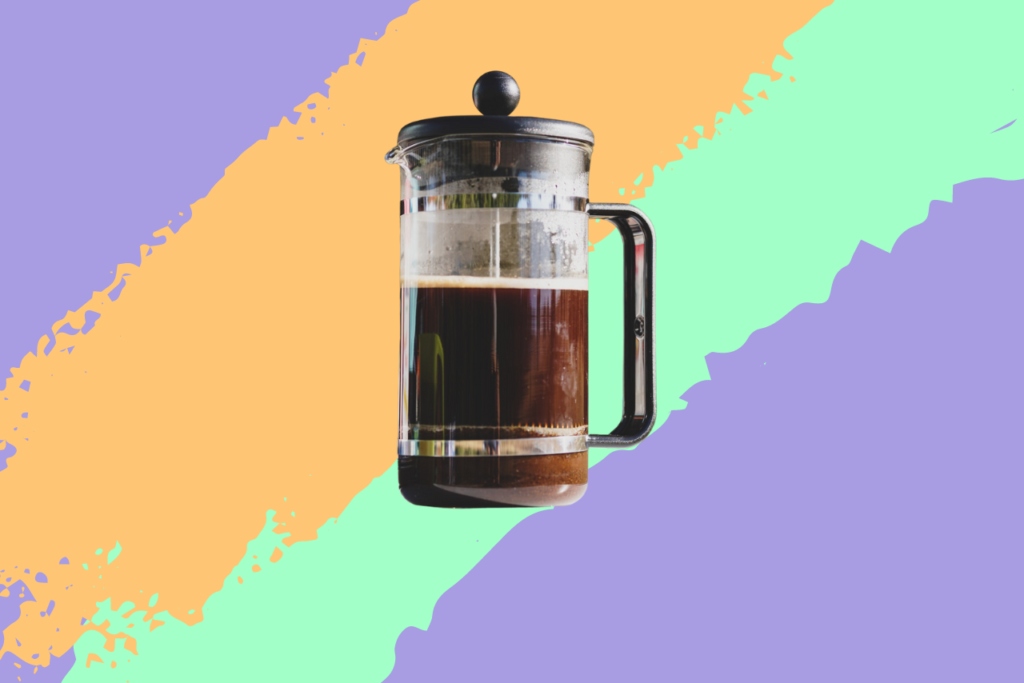Wake up and smell the good news; International Coffee Day is just 7 weeks away! And with a staggering 98 million cups of coffee being consumed in the UK every day, that’s a whole lot of the population who are going to be celebrating.
Still, that’s nearly 5 billion cups of coffee to go before the big day arrives…
Today, just a single coffee in, we’re thinking about making the good stuff at home because, well, increasingly the reasons to do so are unavoidable. Firstly, the financial burden of all those takeaway coffees can’t be ignored, particularly during a cost of living crisis (Costa living crisis, anyone?). But perhaps even more importantly, those takeaway cups and their impact on the environment needs to cease, and soon.
If the coffee you brew at home never quite hits the mark, and never tastes as good as a cup from your local coffee house, then it’s worth increasing your knowledge of how the process works.
But how to do so without investing in a potentially expensive, countertop space-sapping espresso machine? Why, with a cafetiere of course. Here are 5 tips for making the IDEAL coffee at home using a cafetiere.
The Daily Grind
To appreciate the intended flavours of a coffee bean, your product needs to be fresh. If you really want the perfect cup of coffee, it’s worth going for whole beans that are suited for manual brew styles, investing in a coffee grinder and buying fresh, whole beans.
Indeed, a coffee grinder changes the game when it comes to taste and balance. Pre-ground loses flavour from the oils which are trapped in the bean; as soon as those oils come into contact with air, they oxidise and lose their aroma and moisture.
Another thing that can affect the taste of your coffee is the level of roast: for a sleek and smooth taste, choose light roast coffee, if you prefer a stronger taste, go for a dark roast. By mixing different types of beans, coffee blends can provide a more well-rounded, nuanced flavour than coffee made from a single type of bean or roast.
Coffee blends can be tailored to work in harmony with the benefits of different brewing methods, such as a more full-bodied espresso or a sweeter, less acidic drip coffee. Follow this link if you want to explore more about coffee blends.
The grind itself impacts the flavour of the coffee, too. If it’s too fine, things will get bitter, fast. Should it be too coarse, you’ll get a watery blend. Most cafetiere-made coffees call for a medium to medium-fine grind, though this is bean dependant, so always check before grinding.
If you don’t have time to grind your own beans, once you’ve opened a pre-ground pack make sure you use it up within two weeks max, otherwise it will go stale; an awesome excuse to drink more of the good stuff. Which brings us to our next point…

Storage
There’s a grinding debate out there on how to store your coffee. Let’s break it down – oxygen kills coffee, light kills coffee, heat kills coffee and humidity kills coffee. That’s why, as we’ve mentioned, freshly ground coffee done so just a few minutes before brewing is best.
However, if you don’t have the time to grind your own coffee every day, the best way to store it is in small batches, in an airtight container (a standard mason jar will suffice), in a cool dry place. This will preserve the freshness to some degree and is the best route to deliciousness in the domestic setting.
Whatever you do, don’t put it in the fridge or freezer – a rookie error – as the beans will get damaged and lose their flavour. And don’t forget that coffee goes stale; so don’t be expecting fireworks on the palate if you’re brewing up a six month old batch.
Water
You should always use fresh water for brewing fresh coffee at home, not the stuff that’s been in the kettle, sitting stagnant for ages. For best results, use filtered, as the impurities from the tap can hugely affect the taste of your cup of Joe. It’s important to note that if you live in an area with hard water then your cup probably won’t taste as good as it could. Hard water, which tastes minerally mainly because of its high calcium content, can destroy the flavour of coffee.

If we’re going to get technical, the National Coffee Association recommend that the coffee should be between 90-96°C to maximise its aromatic compounds; some modern kettles can be set to boil only to this temperature, so if you have one with these capabilities, exploit them. Pour on water that’s too hot, and you risk burning the stuff. Most home brewing aficionados wet the coffee first with a little cold water before adding the hot stuff as a precaution.
Coffee To Water Ratio
When considering coffee to water ratios, the right balance is everything. There’s nothing worse than a watery cup of coffee; just like drinking brown water and an absolute waste. Some coffee connoisseurs weigh their proportions of coffee to water; for four cups of coffee, you should be using 45 grams of coffee to 700 ml of water, or anywhere between a 1:17 and 1:15 ratio.
Read: 7 ways to brew the IDEAL cups of coffee from around the world
Method & Time
Making coffee in a cafetiere requires patience and process. As we said earlier, always steep (or ‘bloom) the ground coffee in a little cold water to avoid it burning, then allow it to absorb before filling the jug to your chosen ratio. Then, you should wait; 4 minutes is the recommended time. After plunging you should again wait for a minute or so to again let the ground coffee settle and flavours once more infuse. Then, you pour and can enjoy the perfect cup of coffee at home.
Seeing as it’s a hot one out there today, check out our favourite summer coffees, perfect for when the weather’s hot.




